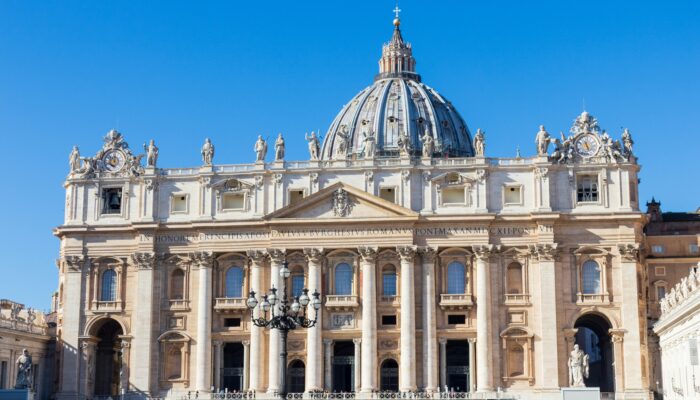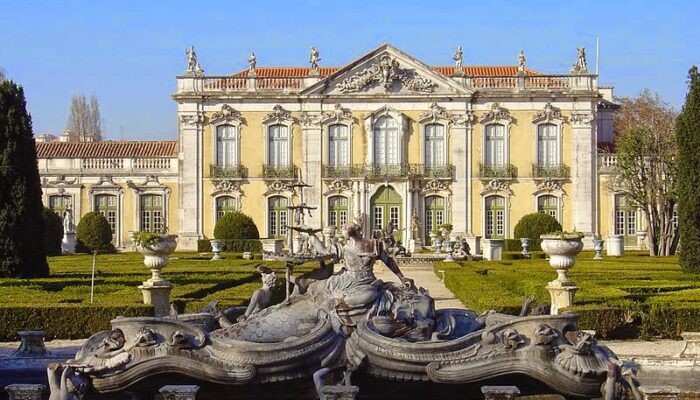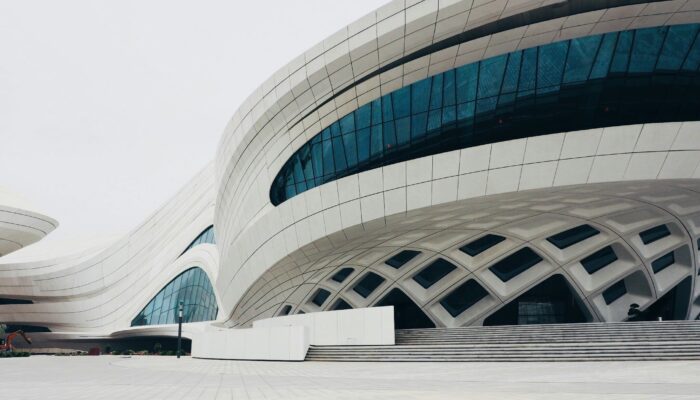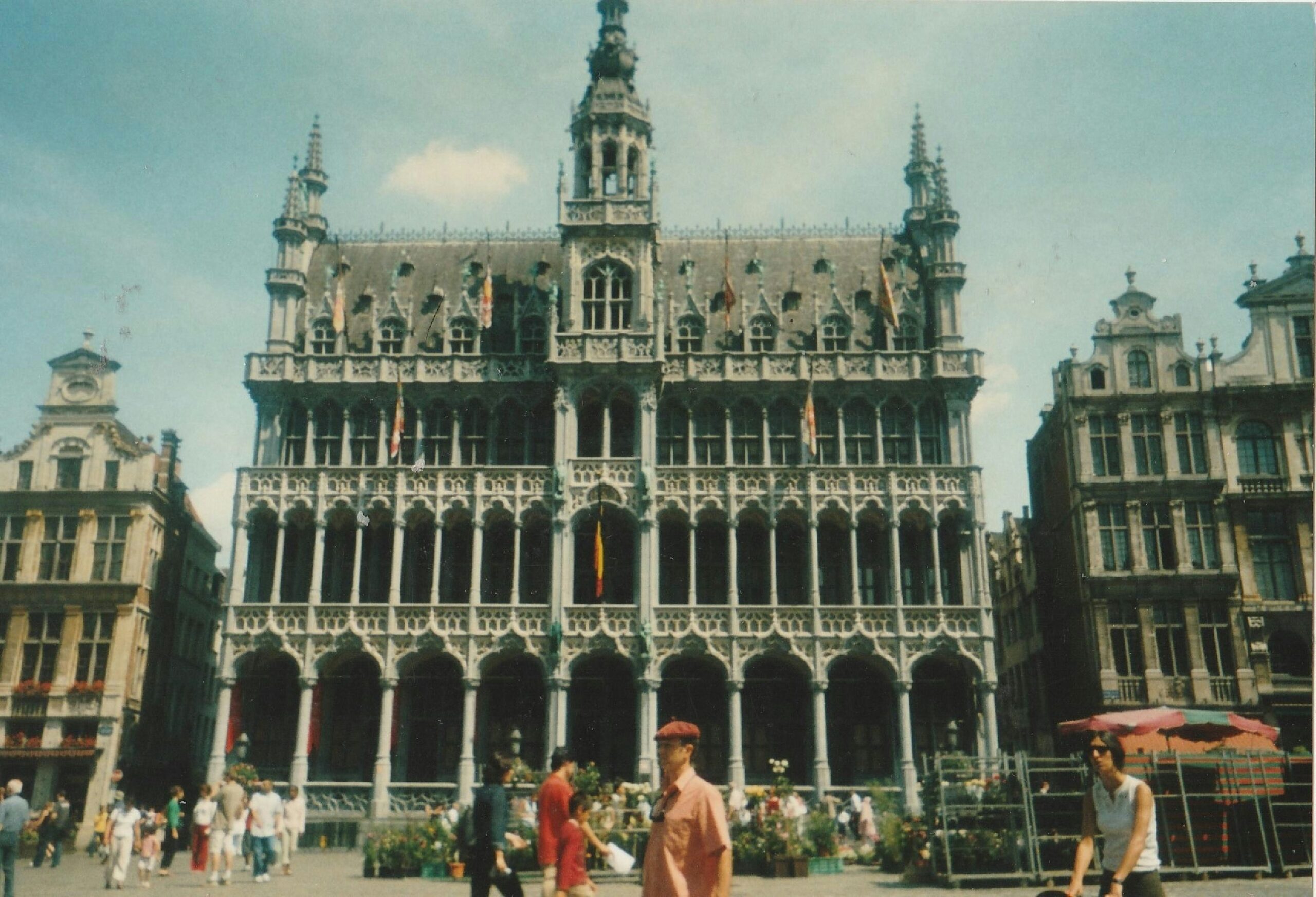Uzone.id – Architecture is one of the vital aspects of civilization and the technology that is normally reflected century by century. As with many things relating to the Middle Ages, it can be said that the transition to the modern period saw profound changes in the very approaches towards building and construction.
The Middle Ages: Gothic architecture and the Romanesque architectural styles
Romanesque and Gothic styles were a kind of hall mark of the Middle Ages architecture. Structures that were common during this age included cathedrals and monasteries that are characterized by very tall ‘verticals’, elaborate ‘arching’, and ‘divine parapets’. The gothic for Instance has lovely windows filled with stained glasses and high towering towers in harmony with the high religious sensitivity in the society.
The characteristics of medieval architecture can be seen from its religious function because it is dominated by churches, cathedrals, and monasteries. Usually these buildings still use natural materials such as wood, stone, and clay. In terms of form, this architectural form also has thick walls, small windows, and dark interiors. Interestingly, buildings in this era can be seen from the emergence of religious ornaments such as decorations in the form of statues, carvings, and paintings with religious themes.

The Renaissance: was the return of classicism
The period of the Renaissance saw the initiation of early appreciation of the classical systems of architecture, especially the Greek and the Romans. Measures of renaissance architecture are balanced dimensions, small columns and arcs, and gargoyle works from other artistic myths. In the instance of architecture, structures during this period were more proportional in comparison to perimeters featured in the Middle Ages archaic structures.
As the famous Renaissance architect Andrea Palladio said, “Architecture is the science of building well and beautifully.” Palladio, with his principles based on classical proportions, greatly influenced the development of European architecture for centuries.
Renaissance architectural buildings can be seen from their harmonious proportions because they use the golden ratio and modules. In terms of ornamentation, these buildings also appear classic because they rely on columns, arches, and Greco-Roman motifs. Usually Renaissance buildings have expressions of human values and individualism.

Baroque and Rococo: Dramatization of flexibility or Both?
The styles that came after the renaissance which are called the Baroque and Rococo styles are noted for grandeur, movement and ornate decoration. Organic, decorative, and vibrant forms were typical of these styles; this included curved forms, engravings, and bright coloration. Essentials of Baroque and Rococo were applied in the construction of palaces, churches, and theaters.

Modernism: Functional and Simple
In the twentieth century, the modernism movement came into existence, which demanded building more functional, plain and without vivid decoration. Le Corbusier and Walter Gropius to name but a few seasoned architects of that period wanted a kind of architecture that used modern materials such as the concrete reinforcement and glass in structures, in addition to the knock down partitions with a view to creating structures with fluid space.
Le Corbusier, one of the central figures of modernism, once stated, “A house is a machine for living in.” This statement reflects the modernist view that sees buildings as efficient and functional objects.

Postmodernism: Pluralism and Deconstruction
From the backlash of the minimalist approach of modernism, there was theformation of the diverse and critical cultural style of postmodernism. Postmodernist architecture borrows features from different historic styles and sometimes uses bright colors, and peculiar forms.
Robert Venturi, one of the important figures of postmodernism, in his book “Learning from Las Vegas” criticized modernism and voiced the importance of history and context in architecture. Venturi argued that architecture is not only about function, but also about symbolism and meaning.
Exploring the works of architecture as a form of art from the middle age to the modern world, we find out changes in values of humans or how they see things, technology, and the use of artifacts. Architecture which is an art of building has always been a mirror to society no matter the era be it the religious or the post-modern.














